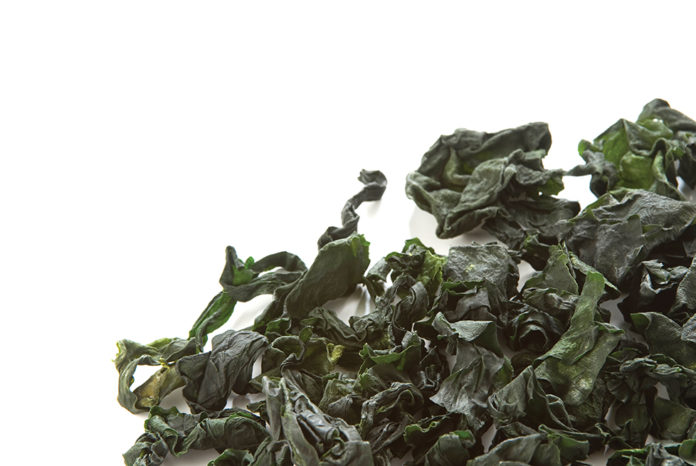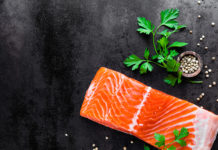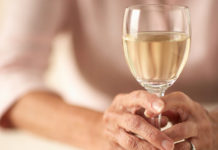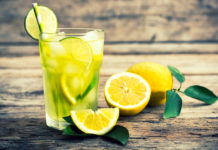
We all know that almost everything from the ocean is good for us. What most people don’t know is how valuable sea vegetables can be for our health. In ancient civilizations such as Japanese, Aztec and Greek, algae was a prestigious healing food. Recently, sea vegetables have found their way into a healthy North American diet.
Why are sea vegetables so powerful? Well, the solar system’s most powerful star is the sun. Sea vegetables, through the process of photosynthesis, absorb solar energy from the sun. This process converts solar energy into a chemical energy to fuel life as we know it. This healing energy is channelled up the food chain via algae, so the closer our diet is to algae, the more easily we can consume the healing energy of the sun.
Sea vegetables are the first food on Earth and first on the food chain, and as a result, the most important. Combining sea vegetables creates a multitude of health benefits.
Of the thousands of strains, the following are superfoods:
SPIRULINA AND APHANIZOMENON FLOS-AQUAE
Spirulina and Aphanizomenon flos- aquae (E3 Live) are two blue-green algae. Their name comes from the visible blue (phycocyanin) and green (chlorophyll) hues. Studies show improvements in cardiovascular health, blood pressure, cholesterol and even diabetes. A study suggests extract of AFA cellular concentrate may act to promote the proliferation of human stem cells.
(Med Sci Monit. 2010 Jan;16(1):BR1-5.)
CHLORELLA
Chlorella (a green algae) is named after pigments chlorophyll-a and -b. These pigments have a unique ability to bind with mercury, lead and cadmium, and are known for their heavy metal “detoxifier” benefits. Chlorophyll from chlorella has a superior ability to safely remove these toxic metals. A study concluded chlorella has the potential to relieve symptoms, improve quality of life and normalize body functions in patients with fibromyalgia, hypertension or ulcerative colitis.
SCHINOUSSA WHITE ALGAE
Schinoussa white algae is the world’s oldest living organism (known as Posidonia Oceanica). It is endemic to the Mediterranean, and the tiny Island Schinoussa even has a cove named after it. This algae/sea grass gets its name from the whitening effects of the sun. Recent scientific studies have identified chicoric acid in Schinoussa white algae; previously it was only thought to exist in echinacea. Schinoussa white algae have immune, anti-inflammatory and anti-diabetic properties. Furthermore, it may speed up the healing process.
KELP (BROWN ALGAE)
Kelp (brown algae) is known for its iodine content and is needed for healthy thyroid hormone production; plus, it acts as a preventative against a sluggish thyroid. Hypothyroidism and hyperthyroidism are the common thyroid challenges. The thyroid gland has a huge impact on our overall health. Kelp’s concentrated minerals also include potassium, magnesium, calcium and iron.
RED MARINE ALGAE
In 600 BC, China documented that red algae was food suitable for a king. In Chinese medicine, this algae allows the flow of qi. By maximizing qi, it optimizes wellness and produces energy. Red algae are rich sources of minerals, polysaccharides, protein, enzymes and fibre. Red algae are found to be 20 times more mineral potent than land plants. Research since the 1970s has shown that red algae are a rich source of lysine, which combats cold sores and herpes.
NOVA SCOTIA DULSE
Nova Scotia Dulse, a red sea vegetable, is notable for its high mineral and protein content, particularly iron and potassium. Dulse has 34 times as much potassium as a banana and a high concentration of other minerals. One study found a total of 112 different minerals and trace elements in a collection of red seaweed, including copper, zinc, potassium, calcium and magnesium. Dulse has an unusually large amount of polyunsaturated fatty acid and an unusually high concentration of EPA and DHA.
BLADDERWRACK
(BROWN ALGAE)
Bladderwrack is popular for its anti-obesity benefits due to naturally occurring l-fucose compounds. Iodine levels are also high, which can support healthy weight loss. Other various uses are to improve skin quality, blood glucose, insulin and insulin sensitivity. In a skin study, adding 1 per cent bladderwrack to skin cream helped reduce skin thickness and increase skin elasticity.
(J Cosmet Sci. 2002 Jan-Feb;53(1):1-9.)
Another study showed 500 mg of brown seaweed was able to decrease glucose and insulin AUC values while increasing insulin sensitivity .













